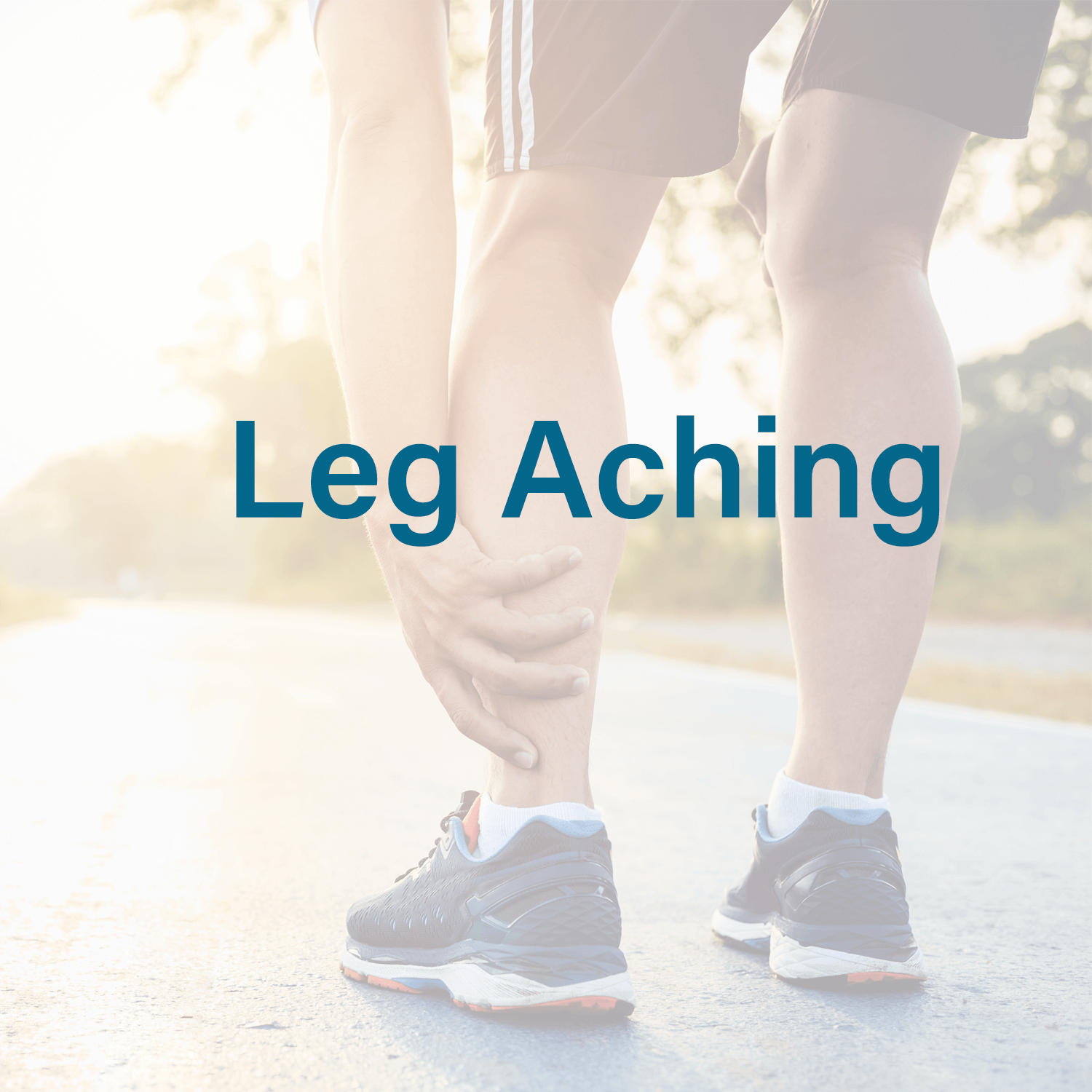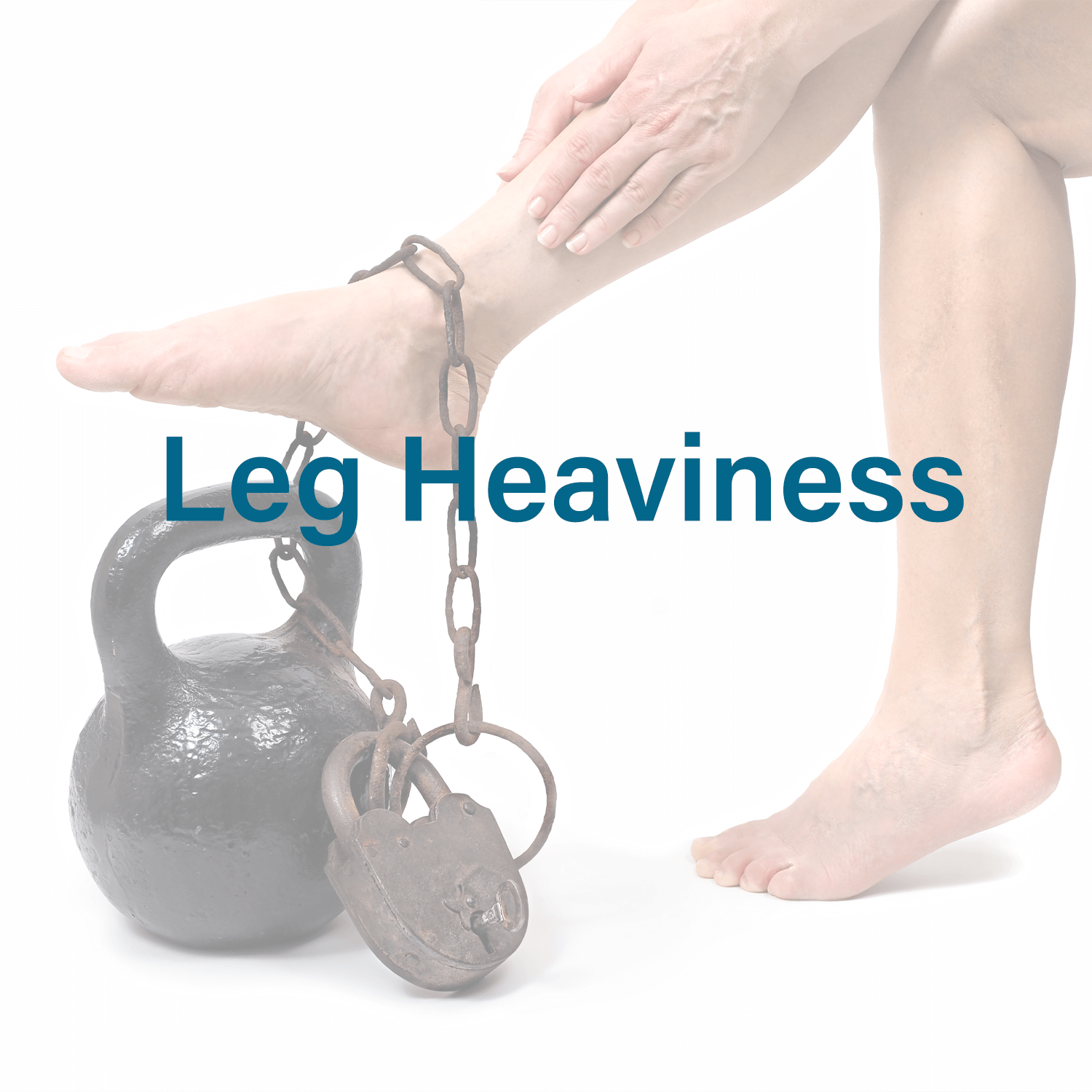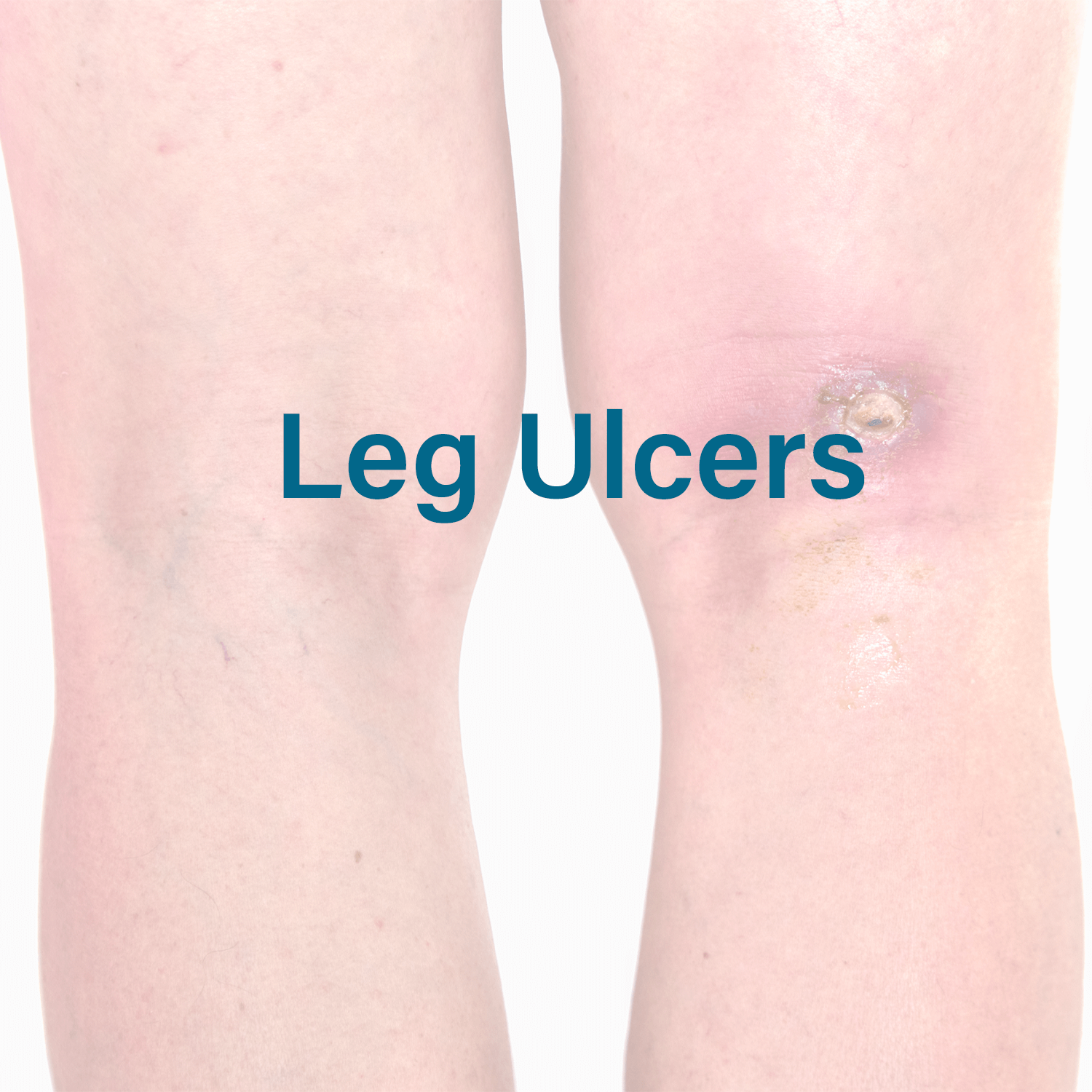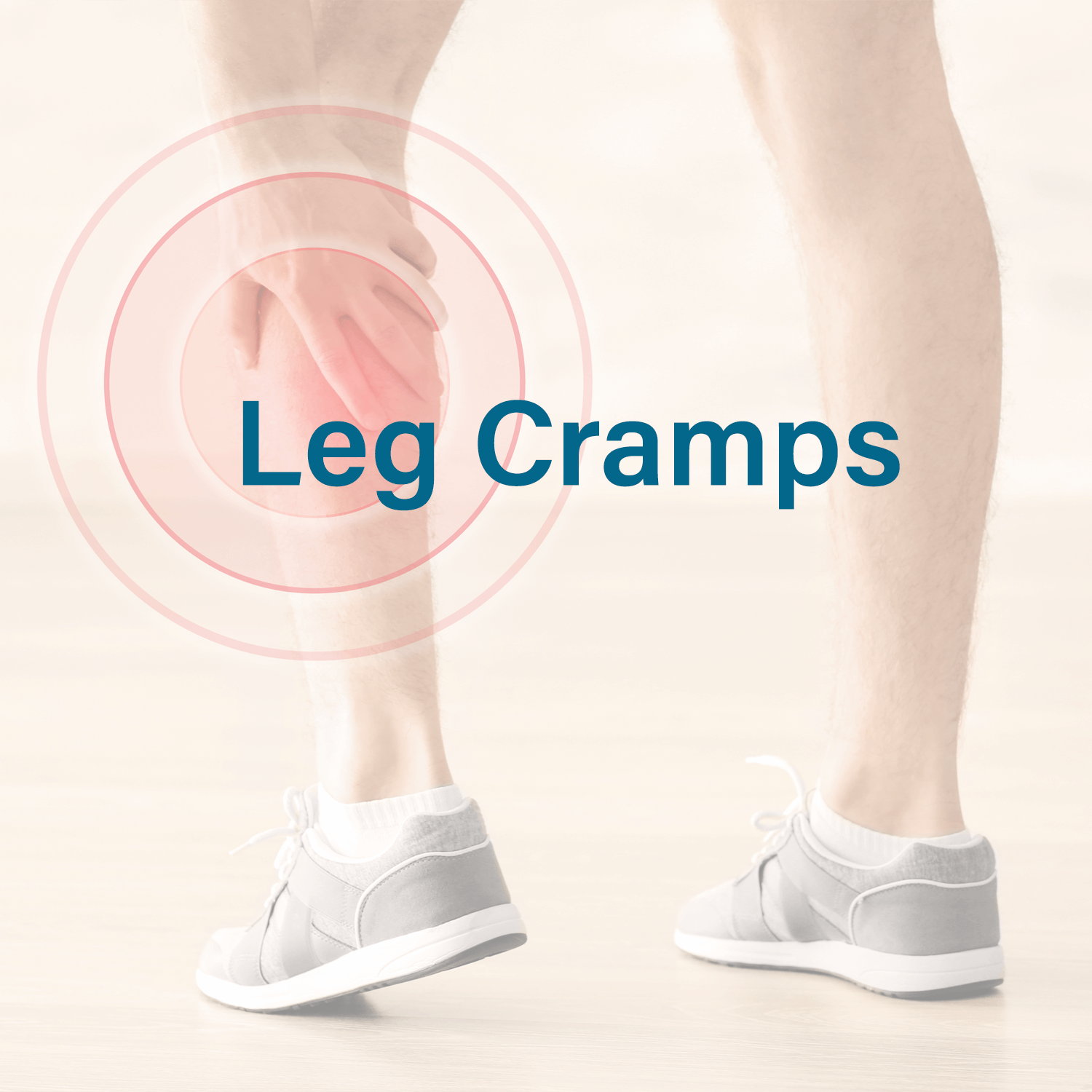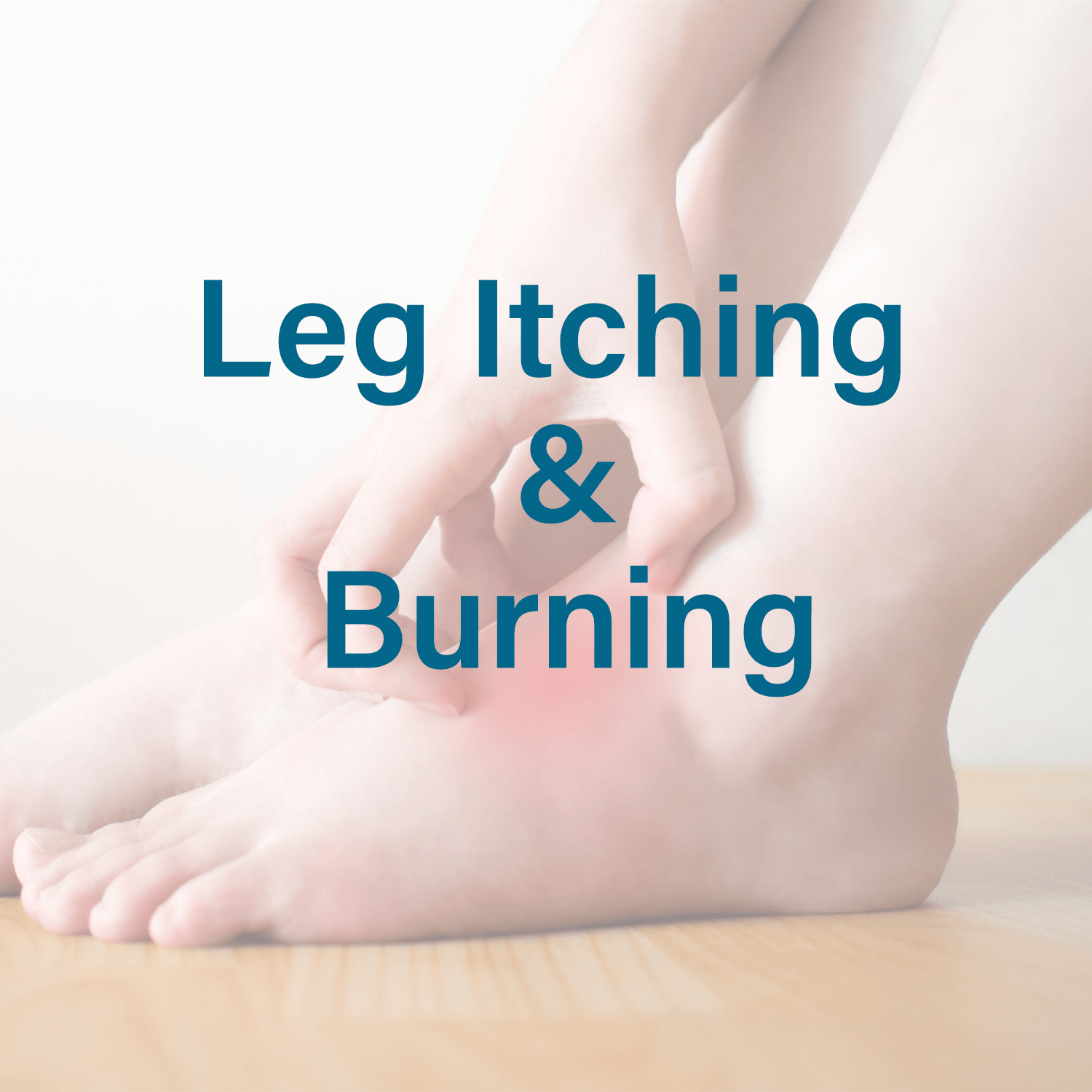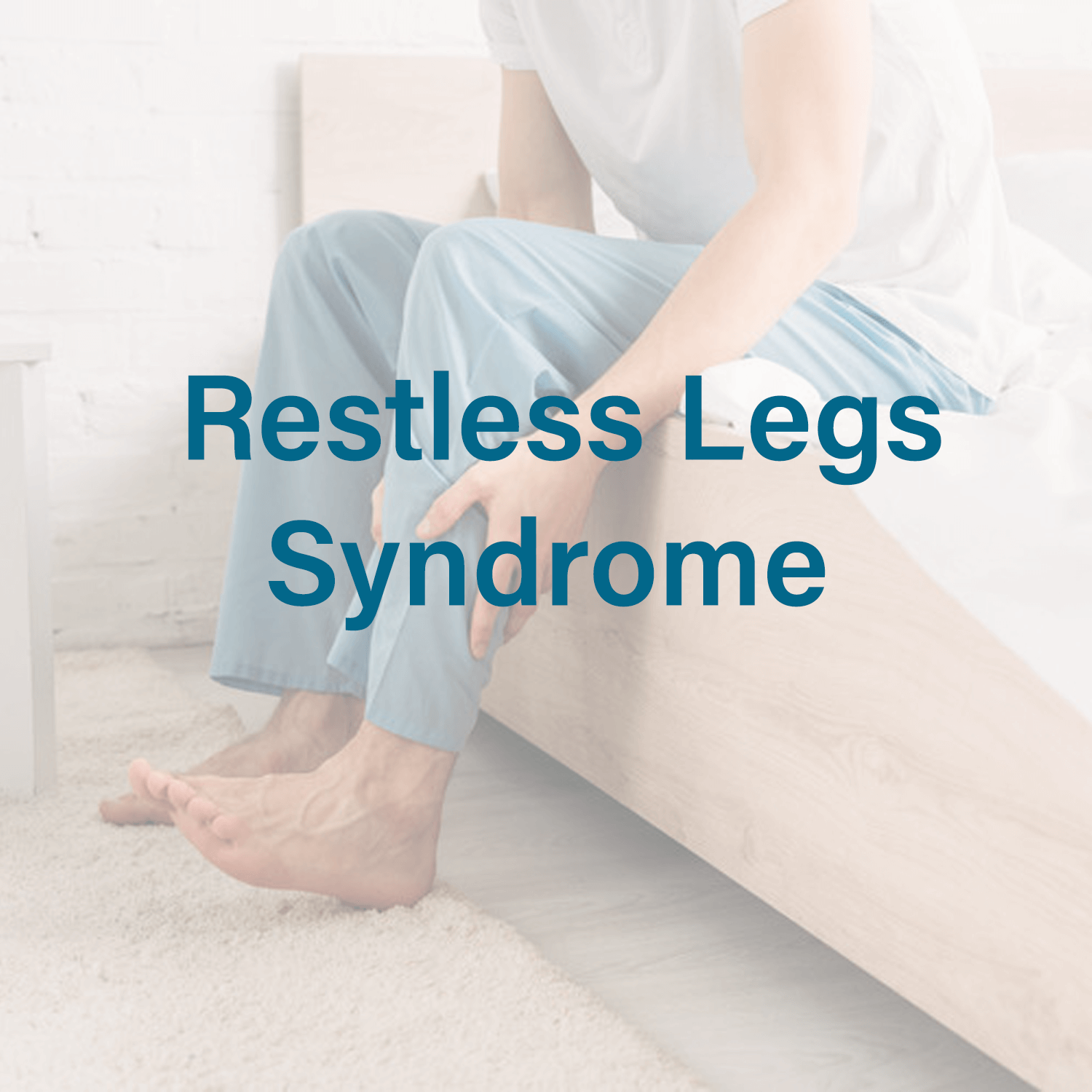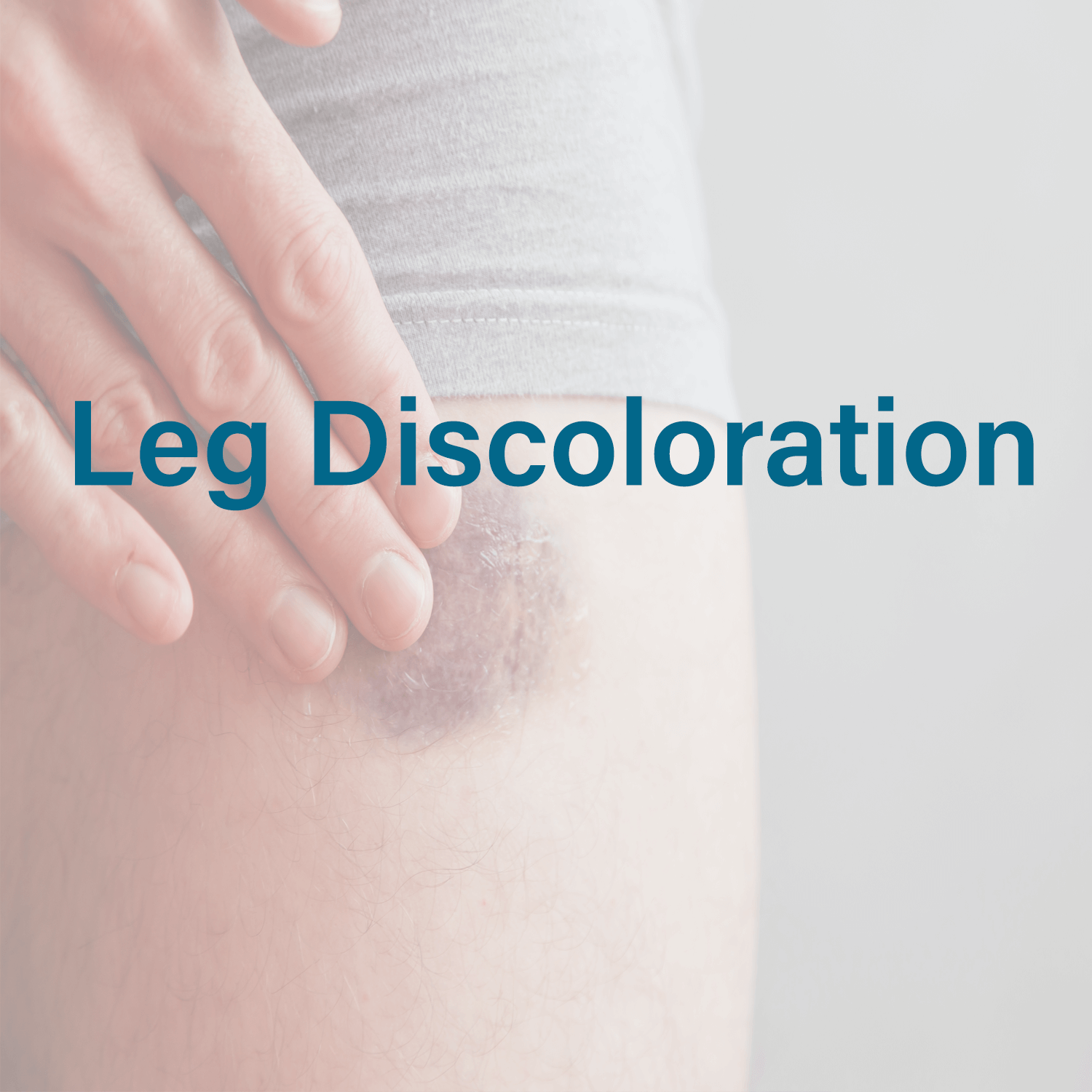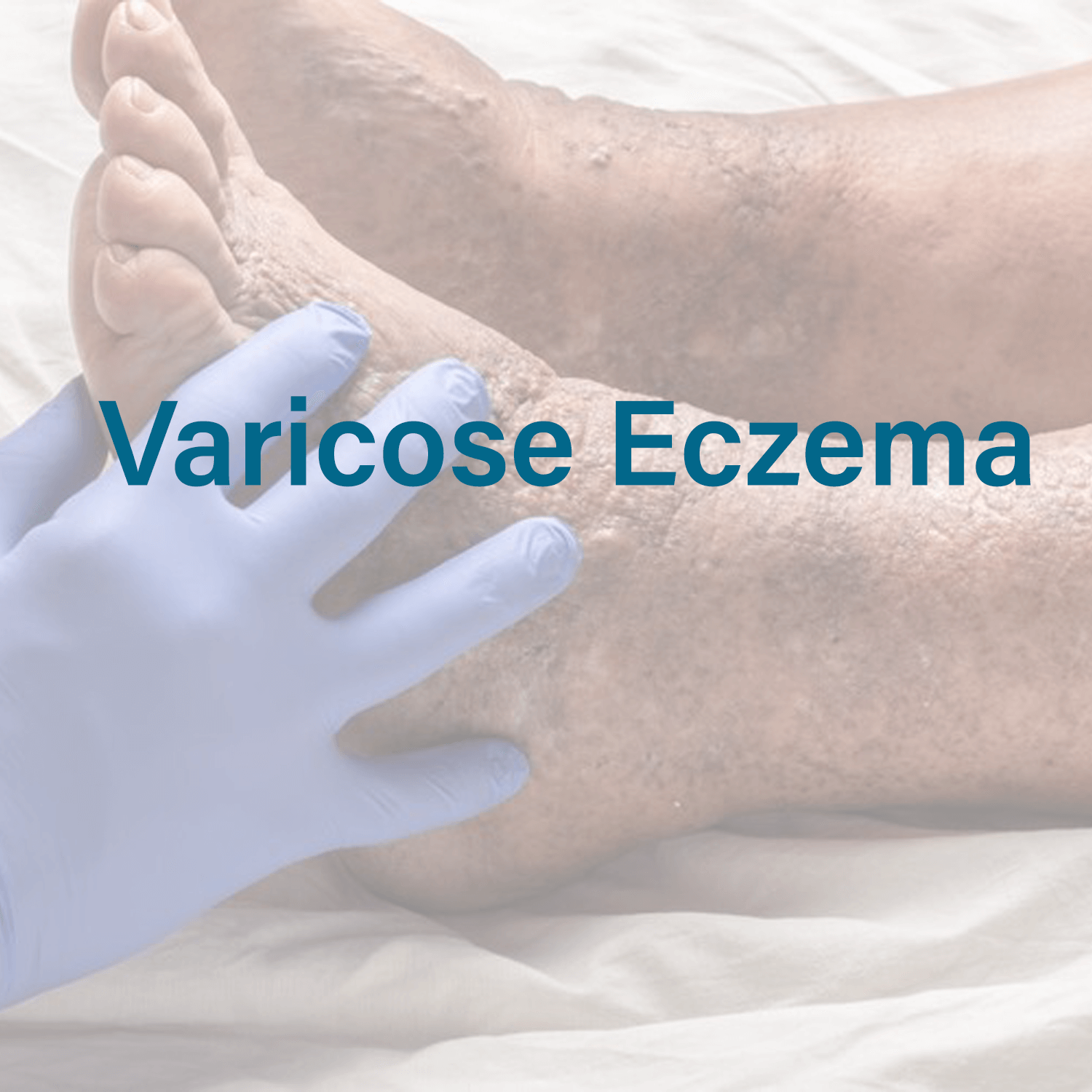Symptoms of Vein Disease
Not everyone will experience the same vein problems. Symptoms of chronic venous insufficiency can vary based on factors such as age, lifestyle, diet, family medical history, etc.
Understanding the early signs of vein disease can help you receive effective and timely vein care and treatment.
When left untreated, vein disease can lead to serious health problems. Potential issues include the development of blood clots, deep vein thrombosis or blood clots. These conditions are considered serious, if vein disease does escalate to that, then medical attention is necessary.
Leg Heaviness
If you are experiencing chronic leg heaviness, the most common cause is venous insufficiency. If you have visible varicose veins and/or spider veins, this is probably the case. Physicians Vein Clinics specializes in treating venous insufficiencies and can determine how to best deal with any vein problems you may have. Early diagnosis can prevent more serious problems in the future.
Sometimes, leg heaviness can be caused by other things such as pregnancy, prolonged sitting or standing, heat and humidity or certain medications. More serious problems such as heart disease can also be the culprit, which is why a doctor’s visit is important if the sensation is persistent.
Treatment for non-serious leg heaviness can often include conservative options such as compression stockings, increased daily activity, drinking more water, reducing salt intake, elevating the legs and wearing comfortable clothing.
Physicians Vein Clinics offers a number of minimally invasive treatment options and we are happy to discuss these with you.
Restless Legs Syndrome
Restless Legs Syndrome (RLS) is the unexplained desire or uncontrollable urge to move one’s legs. People explain this as tingling, itching, burning or throbbing that usually happens in the legs, but it can also affect the chest, arms and face. The sensations can be mild or severe and are usually worse during the night and in the evening. The feelings can sometimes be relieved by rubbing or moving the legs.
While there is often no physical reason for RLS, this is not the case when RLS is combined with varicose veins. Varicose veins can cause achiness, especially at the end of the day or at night. This often translates into RLS in an attempt to alleviate the discomfort. Sometimes, the removal of those varicose veins is the answer to treating RLS.
If you don’t see varicose veins on the surface, but suffer from RLS, it may be that there are problem veins deeper in your legs that are causing these symptoms. These veins can cause more significant problems, which is why it is important to schedule a free screening if you are experiencing restless legs syndrome.
Discoloration and Dark Spots
If you notice yellow, brown, black staining or a bruise-like appearance on your lower legs, this may be a condition known as Hemosiderin Staining. It happens when hemosiderin, a protein compound that stores iron in your tissues, accumulates under the skin.
This condition can be associated with various venous diseases and insufficiencies as well as cardiovascular disease, diabetes and high blood pressure. It may also be a side effect of a skin injury or treatment, and will most likely clear up. However, if you find the stains remain over time, it could be a sign of one of the more serious issues listed above. You are encouraged to schedule a free screening if you experience this symptom.
Schedule your screening today.
Leg Swelling
Swelling in the legs, also known as peripheral edema, can have causes ranging from non-serious to severe. You should see a doctor immediately for sudden, unexplained leg swelling. If you have been involved in a fall or accident, if the swelling is occurring in just one leg or if the leg is accompanied by pale, cool skin you should call your physician immediately. Leg swelling accompanied by the following symptoms is also an indicator of serious problems:
Chest pain
Difficulty breathing
Shortness of breath with exertion or lying flat in bed
Fainting or dizziness
Coughing blood
Sometimes leg swelling is due to an inflammatory disorder. These disorders are often accompanied by pain, and you should see a doctor to determine the cause. Leg swelling can also be a side effect of a medication, but never stop taking a medication without your doctor’s consent. If you find your legs seem swollen and heavy at the end of the day, you may be dealing with fluid retention issues.
Pregnant women often deal with swollen feet, ankles, and calves, as do people who are considered overweight. You may consider elevating your legs, restricting your salt intake and moving around more frequently. If your swollen legs are a symptom of venous insufficiency, the providers at Physicians Vein Clinics specialize in treatment options and are here to help. Leg swelling may be a symptom of varicose veins, which we can treat through a variety of minimally invasive procedures.
Open Wound or Leg Ulcer
If you have a wound or injury that is slow to heal, weak blood circulation can sometimes be the cause and could be a sign of more serious venous disorders. These unhealed wounds are often found on the lower legs and ankles due to the vein’s difficulty pumping blood up the legs in a weakened circulatory system.
Many venous leg ulcers are found in older people. They can be painful and have the potential to become infected. If you have leg ulcers that ooze puss, are red in color, feel hot, or become inflamed, you should seek medical attention right away to prevent the infection from spreading.
Because leg ulcers are caused by a weakened venous system, they are often accompanied by varicose veins and spider veins, which are also signs of weak veins and valves. Treatment of these varicose veins can help venous leg ulcers. If you are experiencing wounds that do not heal, particularly on your legs or ankle, consult Physicians Vein Clinics for a free vein screening and minimally invasive treatment options or other treatment options based on the condition of your veins.
Leg Cramps
If you suffer from frequent leg cramps or involuntary muscle contractions often known as “charlie horses,” you are not alone. One in three people over age 60 and half of people over 80 suffer from chronic leg cramps. Leg cramps are more common in the elderly population and may be a sign of a circulatory disorder or venous insufficiency.
If you regularly suffer from three or more leg cramp episodes per week, be sure to consult a provider at Physicians Vein Clinics. Most of the time, leg cramps are merely an uncomfortable inconvenience but you will want to rule out a more serious issue such as vein disease.
Involuntary leg cramps often occur at night, causing affected muscles to feel tight and knotted. Symptoms may last from several seconds up to several minutes and can be quite painful. Some ways to potentially alleviate nocturnal leg cramps include drinking plenty of water, engaging in daily exercise and avoiding standing or sitting for long periods of time. Overexertion can also lead to leg cramps, and some medications list muscle cramping as a side effect.
If you get a leg cramp, you can try to rub or massage the area until the pain subsides. Again, if leg cramps are affecting your sleep or are happening three or more times a week, see a doctor make to sure the cramping is not a sign of a circulatory or vein problem. The physicians at Physicians Vein Clinics specialize in these types of issues and can help you.
Eczema
While there are several kinds of eczema (itchy, inflamed and often discolored skin), Venous Stasis Dermatitis happens when there is a problem with the legs, usually on your lower legs. This happens when blood doesn’t circulate properly through the lower body and the fluid and pressure builds until some of the blood leaks out of the veins and into the skin. This usually occurs in people ages 50+, when veins and valves get weaker and stop working as they should.
Venous Statis Dermatitis may initially present as a red rash. The skin may be itchy, dry and rough. At first, skin discoloration may be red to a purple hue, which progresses to brown and black over time.
Other symptoms behind this type of eczema include varicose veins, achy legs, swollen legs, dry, itchy skin and more serious problems such as cellulitis. Treatment and management of Venous Stasis Dermatitis begins with treatment of the underlying circulatory problems either with conservative treatments or with minimally invasive vein procedures performed at Physicians Vein Clinics.

